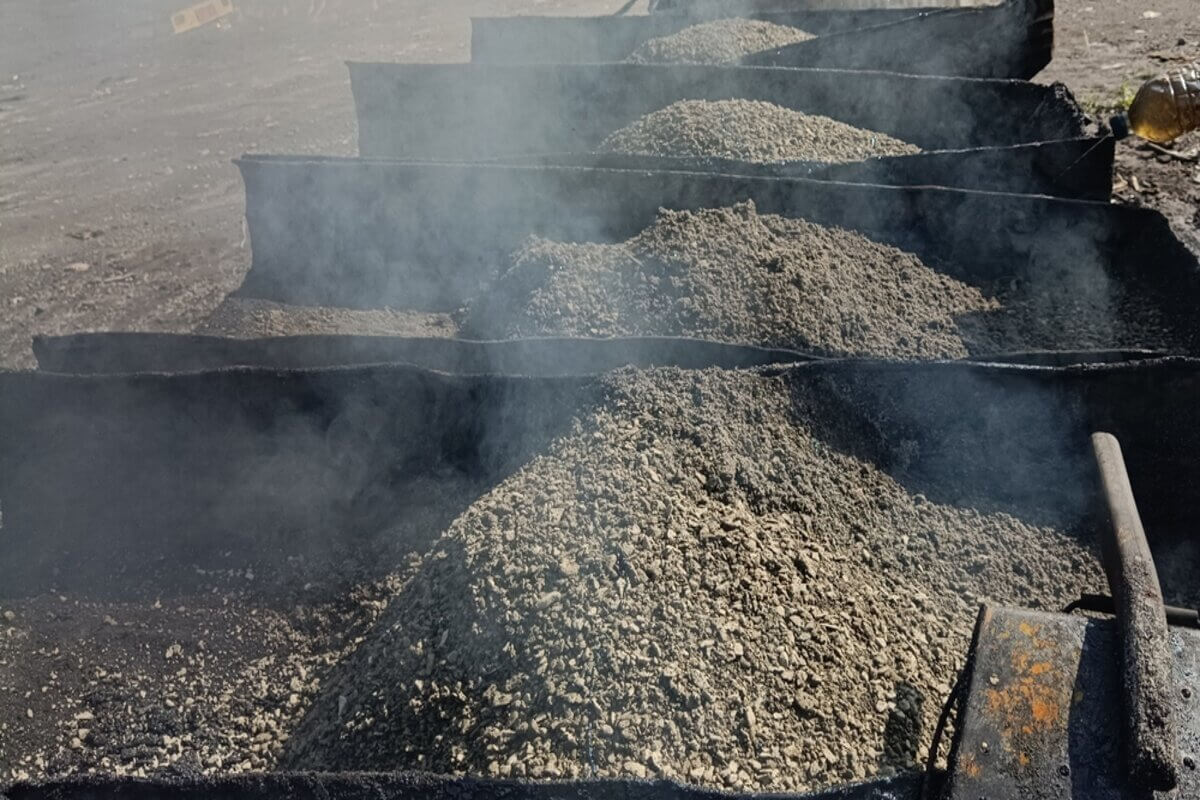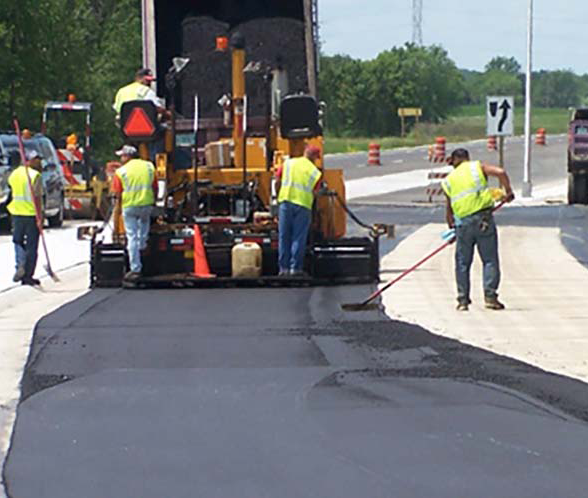Hot Mix Asphalt Paving: Elevating Commercial Parking Lot Specifications
Opening the Secrets of Warm Mix Asphalt Technology
Checking out the depths of warm mix asphalt innovation uncovers a world where accurate formulations and thorough processes converge to shape our roadways and infrastructure. The blend of binders, fillers, and aggregates isn't just a building and construction job yet a critical orchestration of durability and performance. As we peer into the detailed dancing of elements, a tapestry of strength and sustainability unfolds. But what lies beneath this surface of asphaltic mastery, and what keys wait to be unveiled in the world of leading technologies?
Significance of Hot Mix Asphalt
Warm Mix Asphalt plays a vital function in modern facilities growth as a result of its sturdiness and cost-effectiveness. As the most generally made use of leading material for roadways, freeways, and car parking lots, Warm Mix Asphalt supplies a variety of advantages that add to its significance in building and construction tasks. One vital advantage is its ability to hold up against rush hour tons and extreme climate condition, providing a trusted and long-lasting surface for transportation networks. In Addition, Hot Mix Asphalt is cost-effective in both initial building and long-lasting upkeep, making it a favored choice for numerous framework jobs.
The sturdiness of Hot Mix Asphalt stems from its make-up, which includes aggregates, binder, and filler materials that are meticulously chosen and mixed to meet details efficiency needs. Overall, the importance of Warm Mix Asphalt in framework growth can not be downplayed, as it continues to be a keystone of modern building and construction methods.
Components of Asphalt Mixes
The structure of asphalt mixes consists of thoroughly picked accumulations, binder, and filler products that are important for attaining particular efficiency requirements. Aggregates are the primary element of asphalt blends, supplying strength and security. The binder, normally bitumen or asphalt cement, holds the accumulations with each other and provides adaptability and longevity to the mix.
The mix and percentage of these parts play a significant role in establishing the quality and efficiency of the asphalt mix. Designers meticulously develop the mix to meet certain requirements, thinking about factors like website traffic quantity, climate conditions, and pavement life expectancy. Correct selection and balancing of accumulations, binder, and fillers are essential for developing durable, durable asphalt pavements.
Combining and Manufacturing Strategies

As soon as the accumulations are chosen, the binder, frequently asphalt concrete, is contributed to bind the products with each other. The binder's quality and quantity considerably influence the mix's resistance, adaptability, and strength to environmental elements. In addition, fillers like hydrated lime or Rose city cement might be incorporated to boost details qualities of the asphalt mix, such as its workability or dampness resistance.
During production, the accumulations and binder are heated, normally in between 250-325 ° F(121-163 ° C ), to facilitate mixing and guarantee correct covering of the aggregates. The blending process should be thorough to attain an uniform mixture that promotes the preferred efficiency qualities of the asphalt. Numerous methods, such as set blending or drum mixing, are utilized to attain high-grade and constant asphalt blends for building and construction tasks.
Aspects Affecting Asphalt Performance
Variables influencing asphalt efficiency include a range of variables that impact the sturdiness, long life, and general quality of asphalt sidewalks. One essential element is the top quality of products utilized in the asphalt mix.

Environmental conditions additionally influence asphalt efficiency. Temperature level variants, moisture infiltration, and website traffic tons can all influence the structural stability of the pavement. Style factors to consider, such as pavement thickness and water drainage, are important in making certain the lasting efficiency of the asphalt sidewalk. By carefully thinking about these contractors, engineers and factors can enhance asphalt performance and improve the solution life of pavements.
Sustainable Practices in Asphalt Modern Technology

Additionally, the growth of warm-mix asphalt (WMA) innovations has obtained grip over the last few years. WMA allows for the manufacturing and positioning of asphalt mixes at reduced temperatures compared to typical hot-mix asphalt, causing lowered energy consumption and greenhouse gas exhausts. Moreover, using porous asphalt blends can assist minimize stormwater drainage problems by allowing water to penetrate through the sidewalk and into the ground, advertising natural water filtration and recharge procedures. By implementing these lasting techniques, the asphalt industry can add to building a much more environmentally friendly and resistant infrastructure network.
Conclusion
To conclude, warm mix asphalt modern technology plays a crucial role in modern infrastructure development due to its toughness and cost-effectiveness. By thoroughly balancing components, employing proper mixing strategies, and taking into consideration numerous variables, designers can develop premium asphalt mixes that endure rush hour loads and harsh climate condition. Welcoming lasting methods, such as making use of recycled products and warm-mix innovations, better boosts the environmental friendliness of asphalt modern technology.
Blending and manufacturing methods in hot mix asphalt modern technology include the accurate mix and handling of aggregates, binder, and fillers to develop a high-performance and sturdy asphalt mix.Aspects influencing asphalt efficiency include a range of variables that affect the sturdiness, longevity, and general quality of asphalt pavements. Lasting practices in asphalt modern technology include numerous efforts intended at minimizing the environmental effect of asphalt production and paving processes. By integrating redeemed asphalt pavement (RAP) and recycled asphalt tiles (RAS) into brand-new asphalt mixes, the sector can considerably lower the usage of raw products and power, while also reducing landfill waste.
WMA enables for the manufacturing and placement of asphalt mixes at reduced temperatures contrasted to traditional hot-mix asphalt, resulting in lowered energy intake and greenhouse gas discharges.